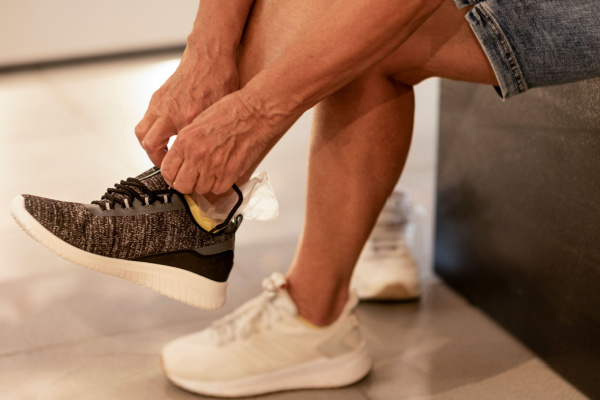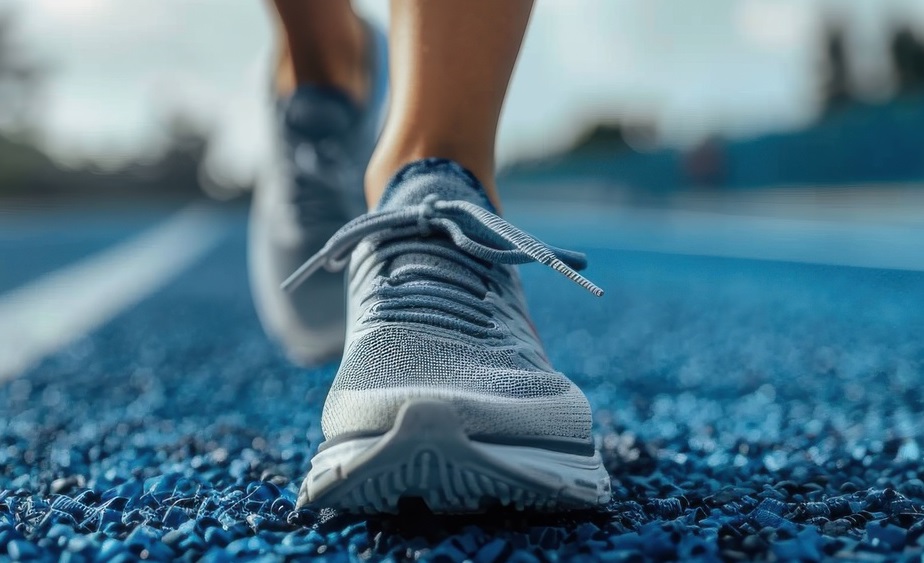Selecting appropriate athletic and everyday footwear constitutes a crucial element in safeguarding your feet and body against various overuse injuries. Shoes improperly fitted or structured fail to adequately stabilize, align and cushion key areas like ankles, arches, knees and hips while walking or running over long durations leading to compounding microscopic tissue damage ultimately causing painful conditions that disrupt activity. Always make footwear suitability for your feet a priority.
Poor Footwear Triggers Painful Foot Conditions
Thin, unsupportive shoes lacking proper heel counters and arch reinforcement subject feet to excessive unsafe motion, causing plantar fasciitis, stress fractures, tendonitis, corns and callouses over time. Pressure and constriction also provoke nerve problems like neuromas or circulation deficits.
Lower Body Overuse Injuries Develop
Footwear lacking stability or shock absorption transfers impact forces up the skeletal chain increasing risks of shin splints, patellar tendonitis, IT band syndrome, hip bursitis and lower back pain, which impair performance or require extensive rehabilitation treatment plans.
Chronic Issues Accumulate with Age

Using the wrong shoes during younger years when bone density peaks and collagen elasticity remains high masks accommodating underlying structural misalignments and instability issues until declining resilience in later decades precipitates arthritic changes or recurring injuries without sufficient support.
Selecting Optimal Athletic Footwear
Determine activity specifics like duration and terrain and identify your unique foot shape, gait patterns, weight and foot sensitivities using your foot and ankle clinic’s advanced shoe fitting technology, so an expert matches ideal performance shoe models to your needs.
Key Shoe Considerations
Cushioning
Adequate, actively responsive midsole cushioning deflects harsh impacts from joints and tissues, reducing inflammation and fatigue.
Stability
Shoes reinforce foot alignment and mediate excessive harmful motions from flat, high-arched or uneven feet with stabilizing platforms, lowering injury likelihood.
Weight
The lighter the athletic shoe, the less effort expended per step to lift and accelerate the foot. Lightweight foams and mesh upper materials improve dynamics.
Breathability
Ventilated uppers, moisture wicking linings and antimicrobial components keep feet cooler and drier blunting friction and heat related discomforts.
Fit
Anatomically contoured, flexible uppers without internal slipping ensure secure lockdown support across arches and upper feet distributing pressures evenly.
Mileage Duration
Soles and cushioning compounds deteriorate after 300-500 miles, increasing injury risks. Replace athletic shoes regularly based on your usage patterns with the same or upgraded models.
Finding Everyday Shoes
Evaluate daily footwear demands between occupational settings, formal occasions, casual environments and house shoes, selecting categories tailored to each use case optimized for comfort. Have your foot and ankle clinic’s shoe experts analyze your gait and foot anatomy characteristics to identify supportive everyday shoe features preventing long-term problems.
Breaking In New Footwear
Proper break-in periods allow shoes to gradually conform to your unique foot shape while your feet adapt to new support patterns. Start wearing new shoes for short durations, especially athletic footwear, increasing wear time progressively over 1-2 weeks. Watch for any pressure points, rubbing or discomfort signifying potential fit issues needing adjustment. Some premium shoe retailers offer trial periods, letting you test shoes adequately before committing, ensuring optimal comfort and function for your specific needs.
Orthotics Enhance Footwear Stabilizing Effects
Custom orthotics prescribed by podiatrists at a foot and ankle clinic like Beyond Podiatry offer personalized support tapping the footwear’s stabilizing capacity even further. Orthotics placed inside shoes realign limb positioning, improve shock absorption and offload sensitive areas. Most footwear readily accommodates inserts.
Conclusion
Picking the right athletic or casual footwear matched to your sport, intended use, feet structure, medical needs and gait serves a pivotal role keeping feet and your whole body pain free through customized stability, cushioning and support minimizing injury risks short and long-term.




